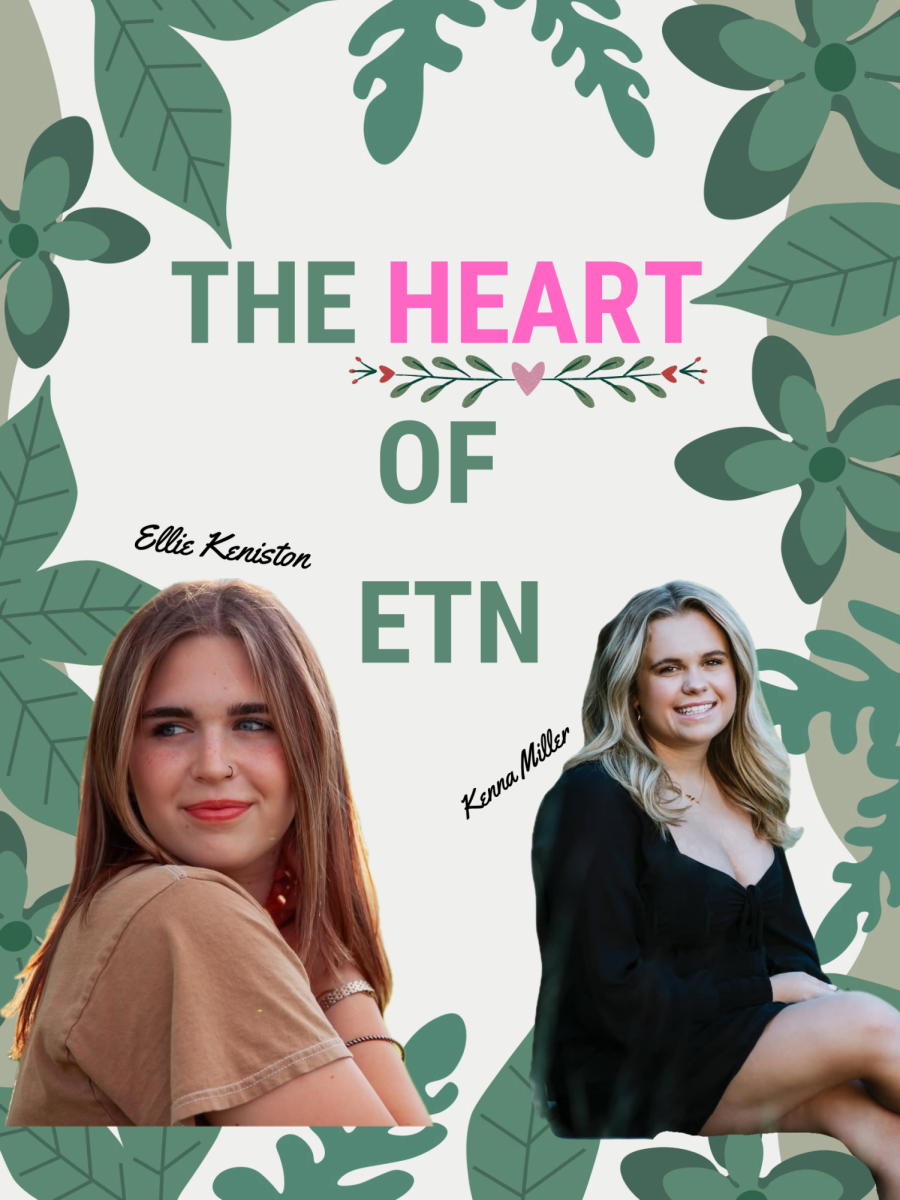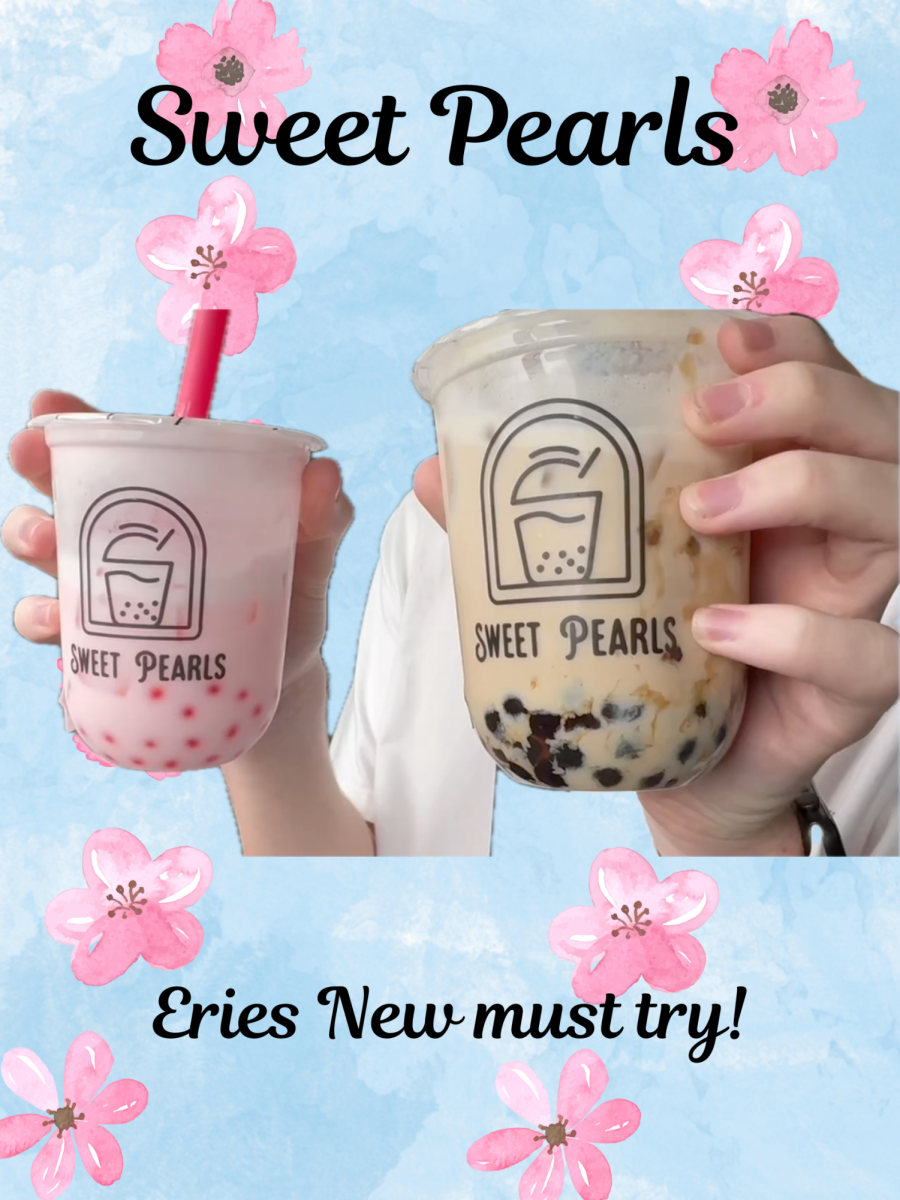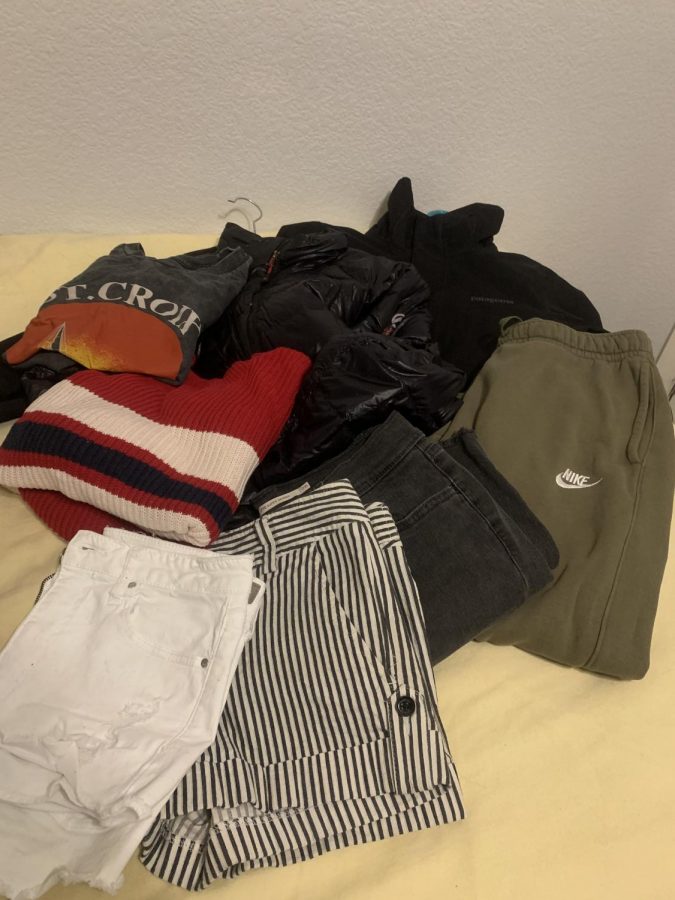Help your Wardrobe, Help the Planet
April 15, 2021
With spring cleaning just around the corner, sweaters, puffy coats, and boots are being put away to collect dust making room in the closet for a trendy, updated seasonal wardrobe.
Our view on the clothing we wear has been completely changed because of the fast fashion industry. Rather than appreciating the clothing we have and wanting durable items that can be worn for many years, many of us have grumbled about having to wear older clothing or even hand-me-downs from siblings.
We are encouraged to buy more, new, and in-style clothing from fast-fashion corporations or influencers. In order to stay updated with the latest fashion trends, clothing has to be bought more frequently and then discarded after just a few uses, creating a throwaway culture.
An increase in the need for clothes that are “trendy” has led to irresponsible practices in the fashion industry where convenience and inexpensiveness are priorities.
Fast fashion companies created this throw-away culture by producing between 12-24 seasons called “micro-seasons” rather than the regular four seasons. During these seasons, clothing is mass-produced then thrown out when no longer trendy by both consumers and companies. This happens every few weeks instead of every few months.
Clothes can take anywhere from 10 to 100 years to finally break down, which means one garment thrown away could take longer than a lifetime to break down. Even after these clothes finally break down in the landfills, the microplastics from the synthetic fibers leach into groundwater and make their way to the oceans where they are then digested by aquatic life.
With the implementation of micro-seasons and unethical garment production, these corporations produce unprecedented amounts of land, water, and air pollution. Removing micro seasons would be more innovative types of fashion that could combine style, timelessness, and practicality.
Just a couple of the corporations that are considered fast fashion include Shein, H&M, Forever 21, and Gap.
An alternative to fast fashion corporations could be “green” companies, such as Patagonia, Everlane, and Tentree, where companies are maintaining both ethically and sustainably within their clothing. Fast fashion is looked at as being affordable unlike some of these “green” companies. In order to stay within budget and be eco-friendly, thrifting is another beneficial way to recycle both clothing that you are not planning on wearing and to buy new favorites to add to your wardrobe.
Thrifting does not always mean Goodwill or thrift markets. There are other places to thrift such as online trusting companies such as Vinted, Poshmark, Thredup, Urban Renewal, and Patagonia Worn Wear. Websites like these allow secondhand shopping that is eco-friendly and can still be considered “trendy.”
There has been a bad connotation built around thrifting as clothing can be looked at as “old” or “for the less fortunate.” In reality, websites for thrifting and secondhand shopping are eco-friendly and can still be considered “trendy.”
A misconception is that the fashion industry altogether would be removed, which is not the case. Rather, companies should try to get rid of the ‘fast’ aspect of fast fashion and shift towards being more sustainable.
While going shopping to fill in these closet spaces, be mindful of where the clothing comes from and whether or not it is worth the environmental impact. It is not the clothing we wear that others will remember us by, but our character and the impact we had made on those around us.






































